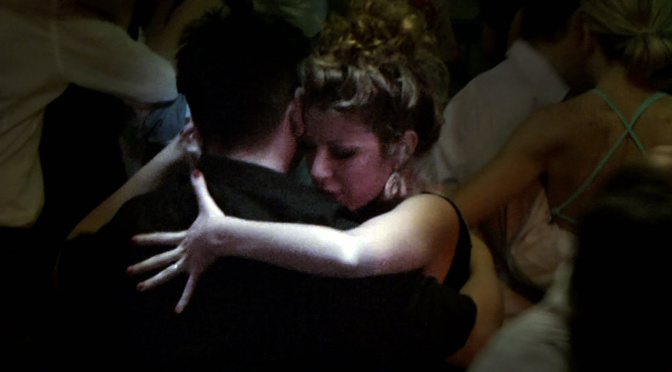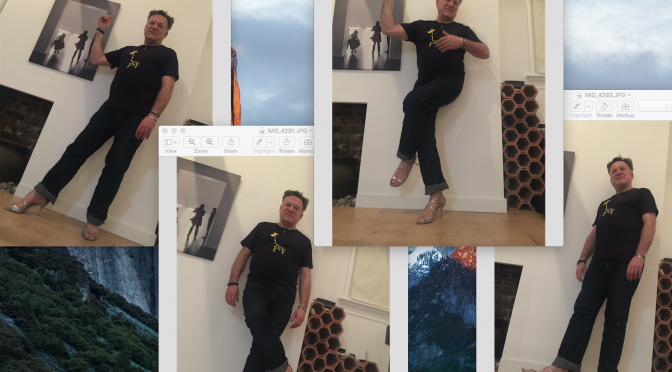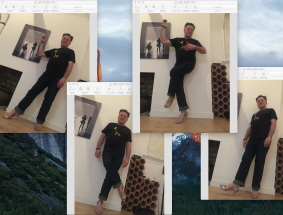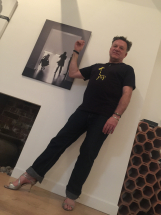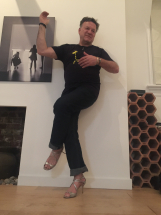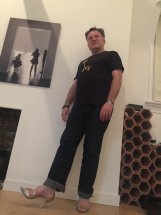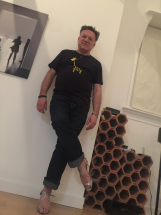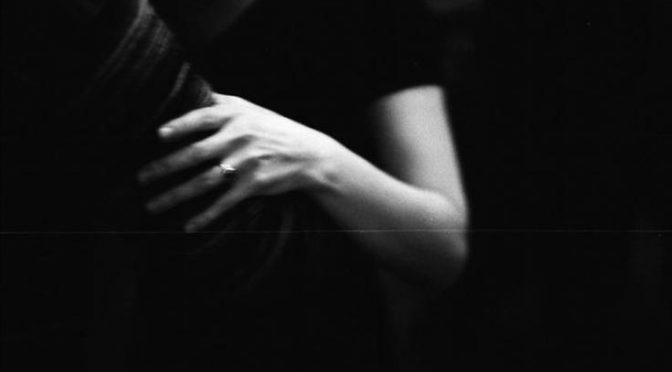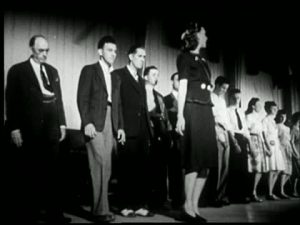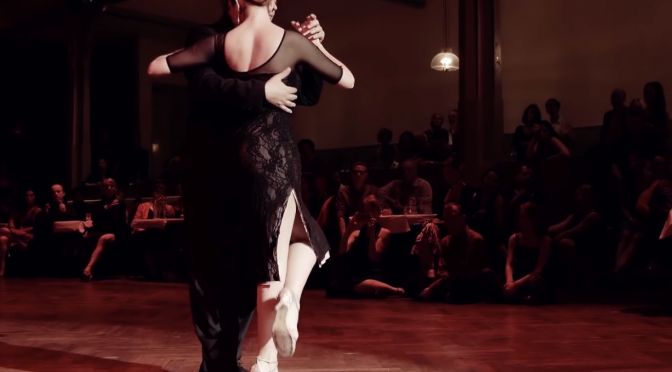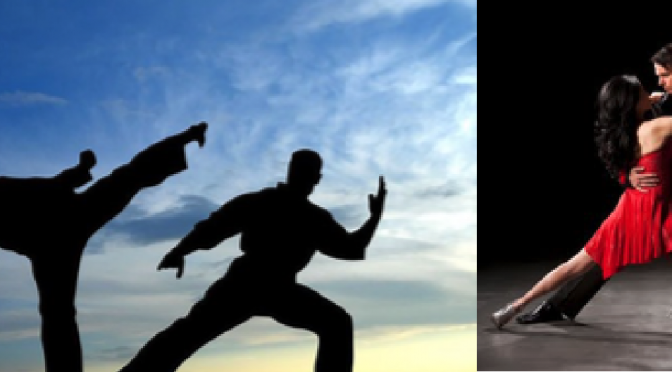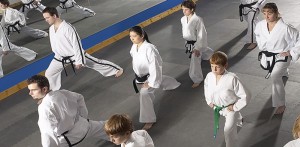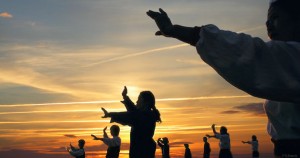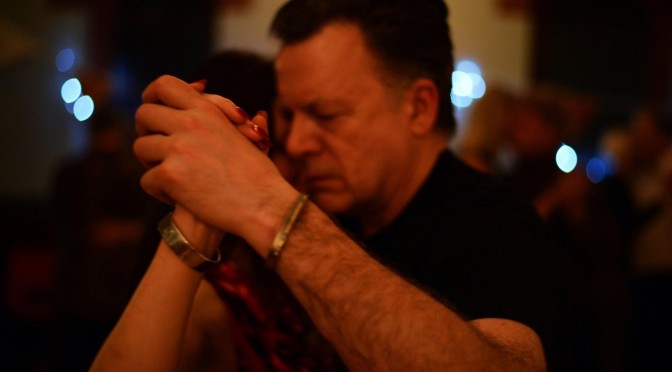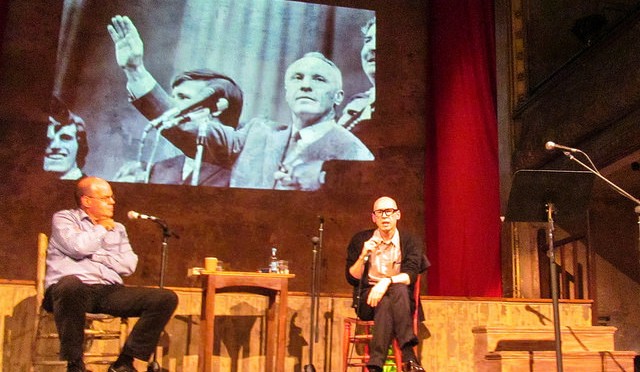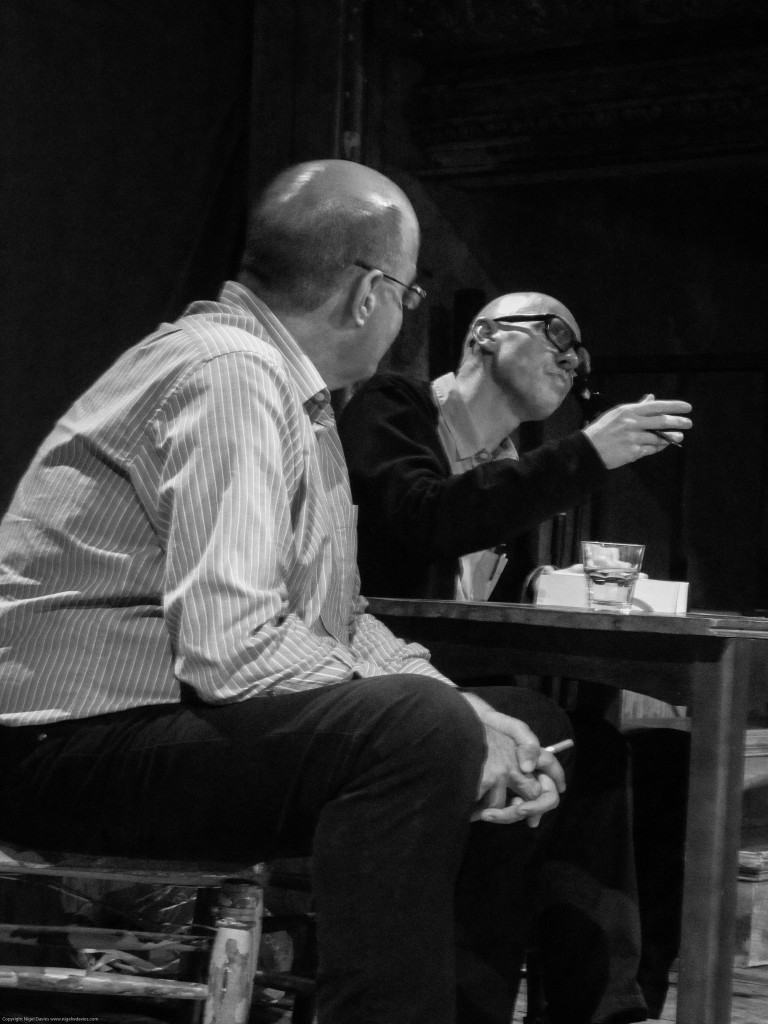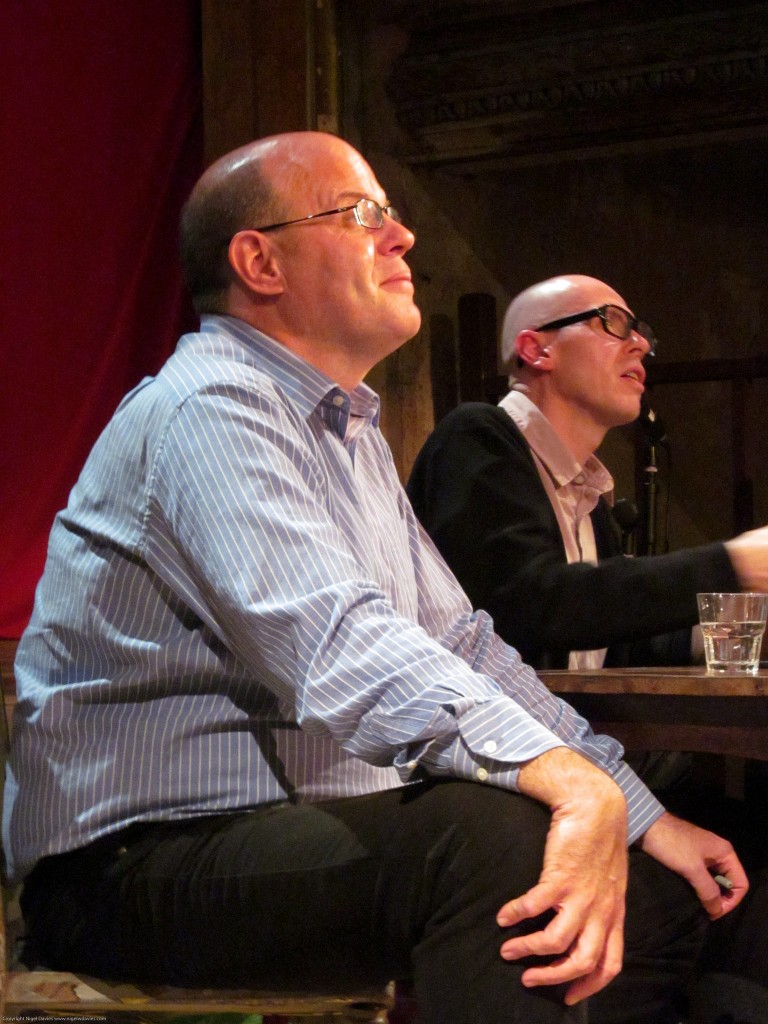As I reach 4 years of learning Tango some things at least are becoming clear – perhaps the most consistent lesson is that words are multi-layered – they neatly wrap things in shiny packages that at the time shelter us from our complete lack of understanding of what they really mean.
As we use them to label complex structures they quietly laugh at us.
Words reassure us that “this concept” at least we understand, when in fact Tango lies in wait for us and in another year will wake us up and show us that in fact we knew nothing. Yet again.
Like layers of an onion at any one time everything seems consistent – it makes internal sense – but we are unaware of the reality of just a few levels down. The foundation just beyond us that matters so much.
One such concept that is so close to my learning now is ‘Energy’.
I remember – albeit vaguely – that I have always wanted to dance ‘with energy’ in some way – even though at times to me it just meant ‘not being dull’.
Then I remember many discussions about energy being nothing to do with momentum. Which seemed wholly reasonable. Momentum – of course – has little place in Tango.
I watch some leaders very much dance with energy – and I feel sad. Surely not that.
Again and again now I am asked by teachers to keep the energy. Rotational energy. To not abandon her. She also wants much more from me – she makes this clear. “Pause now – but don’t lose the energy”.
I had been puzzled with how we can cleanly define each movement – to not slur the steps – without creating a totally unsatisfactory stop/go environment for my partner. We want everything to flow for her – without blurring our precision in what we are asking for.
How can this work? How can I execute each movement clearly without running from one to the other but still enable her to flow freely from axis to axis?
But in this case I just need – I am beginning to understand – to rethink what is meant by ‘energy’ in Tango dancing.
In many cases this is not at all a physical energy. It is often entirely mental – and this is then expressed in our bodies through technique.
This is so important. To me now it means the mental level that we climb up to and we work so hard together to never leave for the duration of our contract.
In fact if it is appropriate we can physically freeze in the moment. I can actually lead a complete stop that might last several beats. But what we actually freeze is only, only our bodies – our minds and all of our presence must remain totally engaged – totally in the emotion of the music. We must have energy.
The focus between us should feel very physical in its intensity -it is technique and stillness that allows each of us to continue to dance and yet to be so aware of each other.
And once you have this then to fall – from this mental place – breaks absolutely everything. Your dreams. Her dreams. Everything you have worked so hard for.
Don’t do it. Don’t fall.
Keep the energy.

